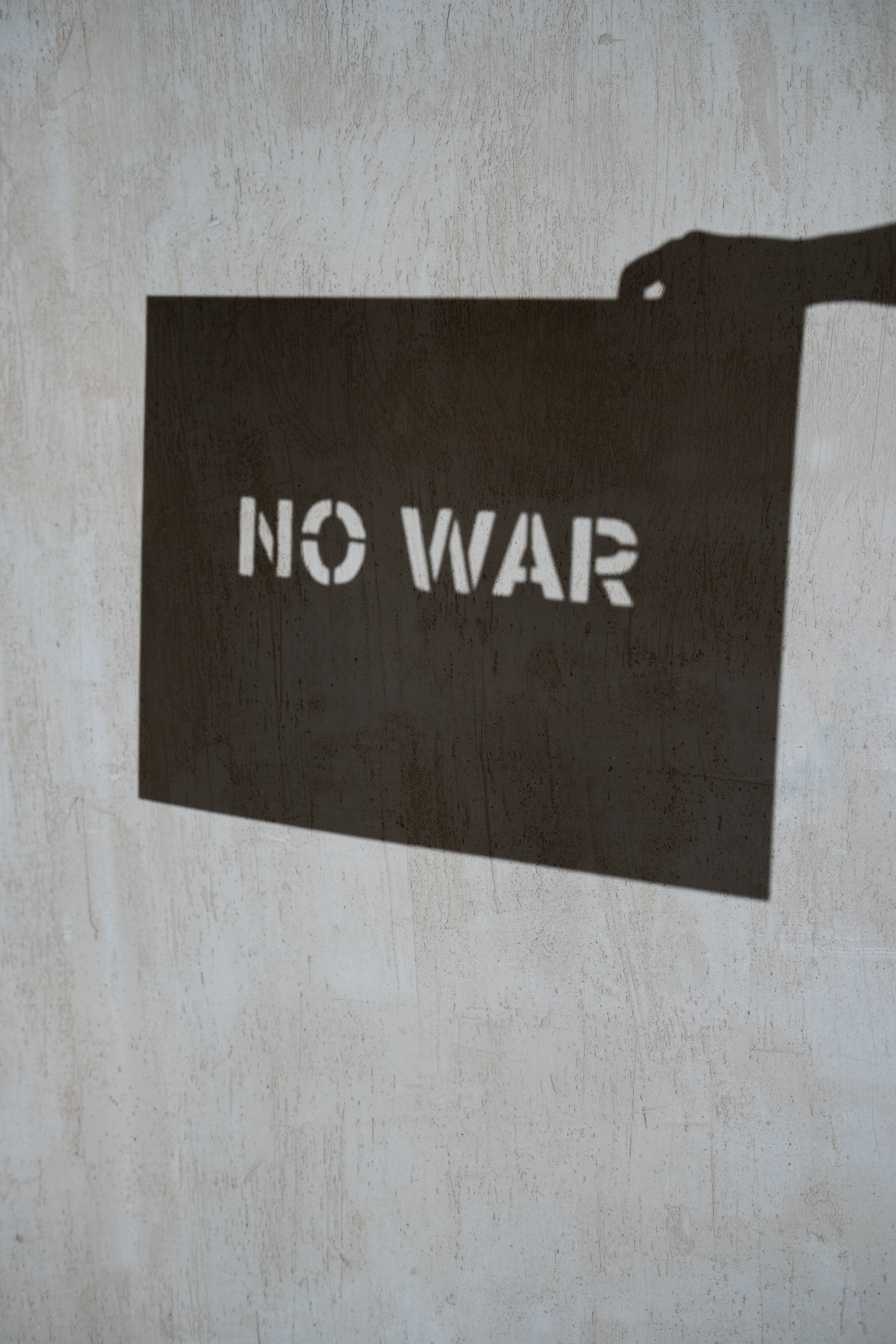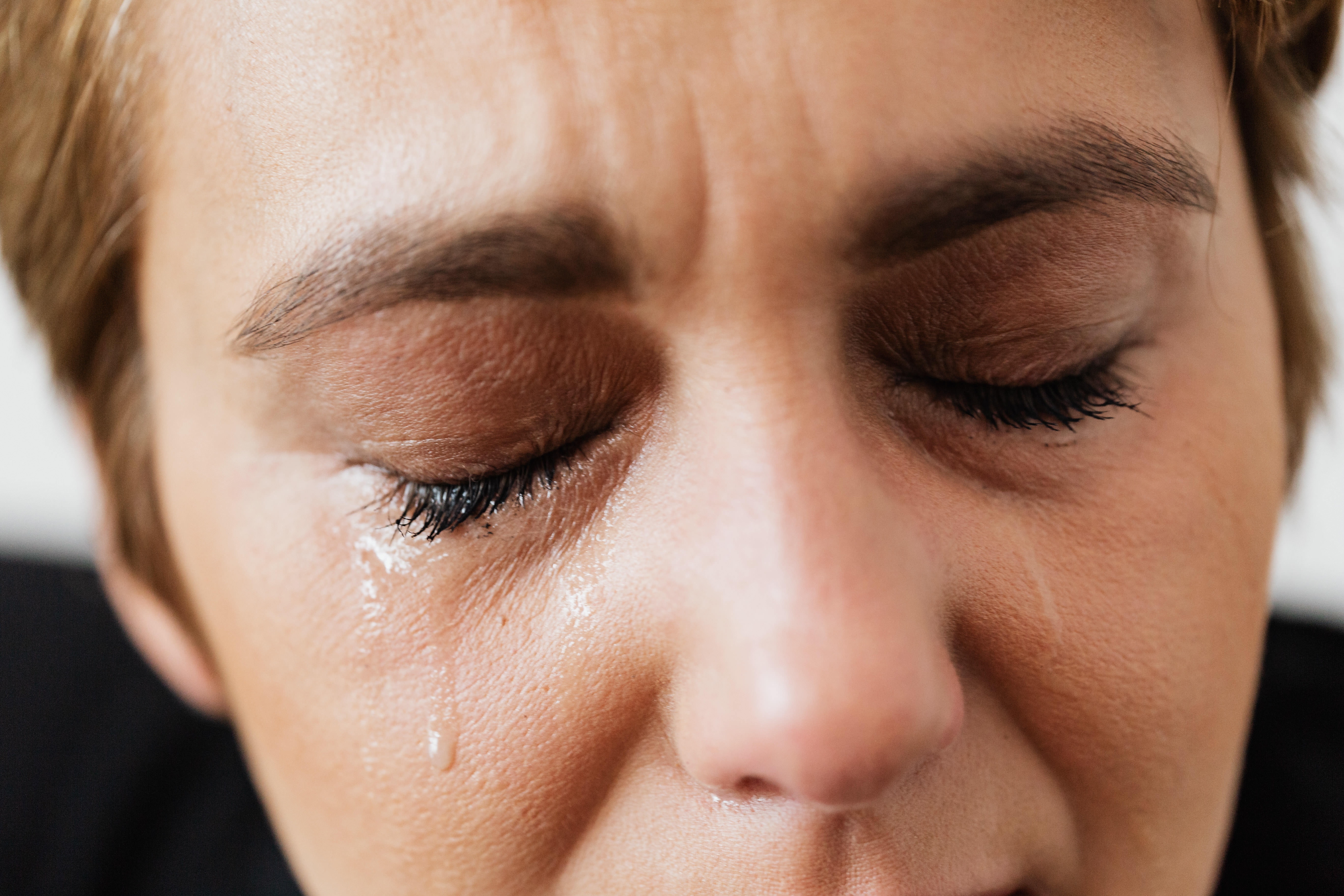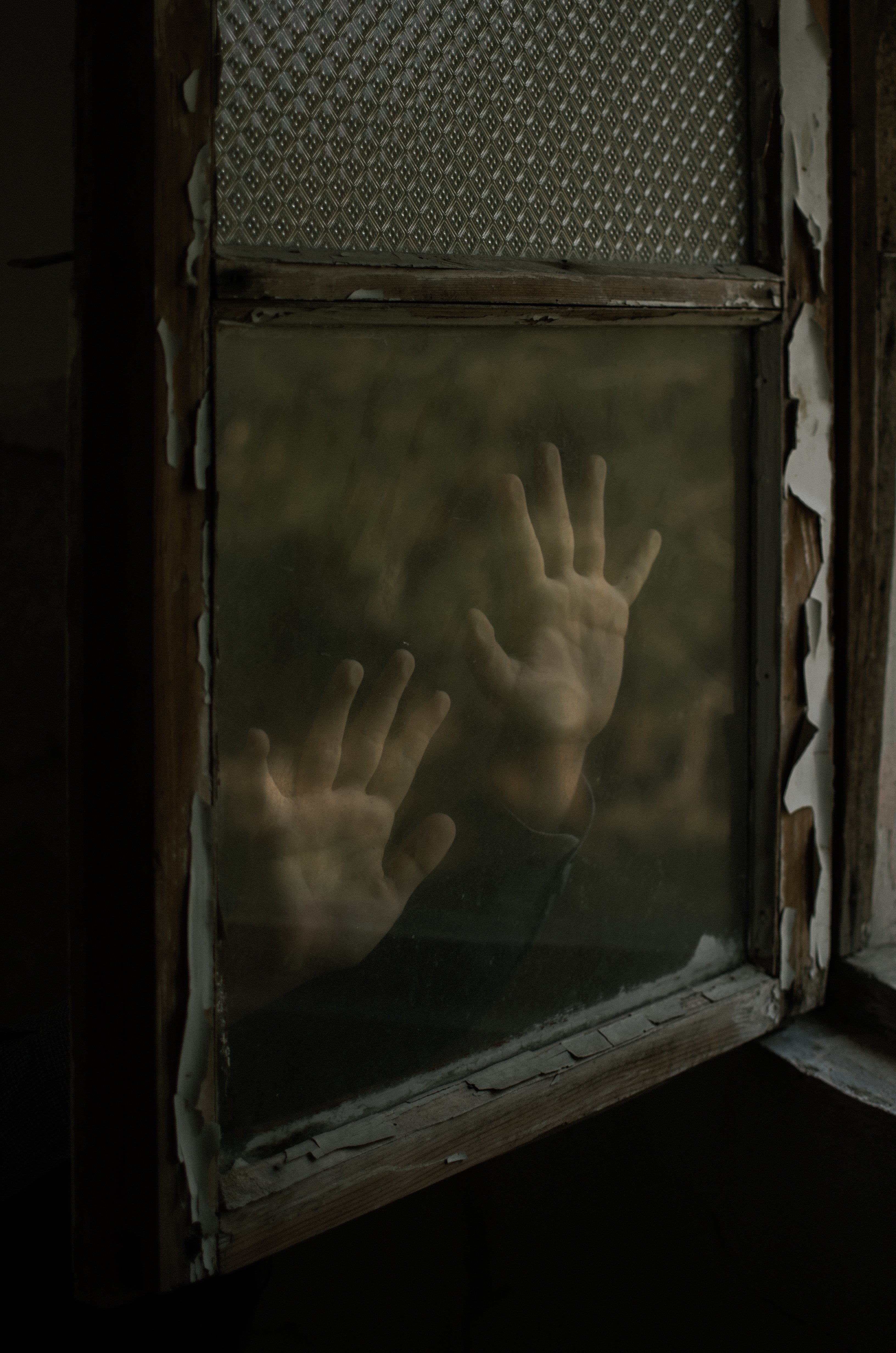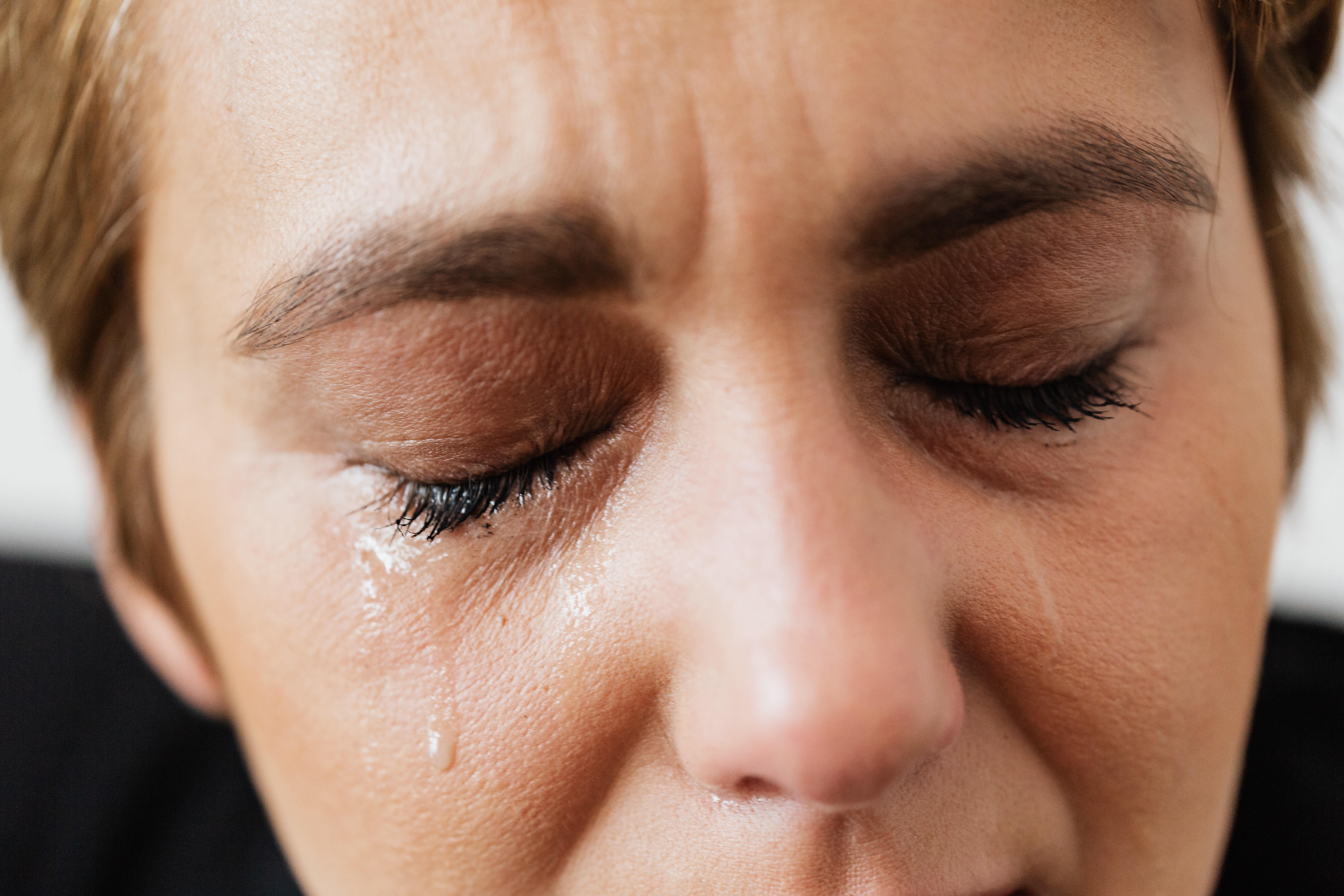Prolonged armed conflicts, war and violence have been devastating for people and communities in different parts of the world throughout history. In addition to physically destroying local systems and infrastructure and shaping political, legal and socio-economic structures, they cause deaths, injuries, loss of loved ones, and displacement. According to data collection by the Armed Conflict Location and Event Data Project (ACLED), most of the world is immersed in some kind of conflict in 2020. What we often do not talk about is that armed conflicts cause long-lasting emotional and psychological trauma. While psychological injuries may be invisible, they are wide-spread in people impacted by an armed conflict. According to ICRC, after a conflict ends, around 15% of people experience post-traumatic stress disorder and 17% of people experience depression. The WHO recently revised its estimates on mental health in conflict zones, discovering that that one person in five lives with some form of mental health disorder, with one in 10 living with a moderate or severe one.

Internal displacement, one of the most painful consequences of armed conflicts and one of today’s main humanitarian and development challenges – when people must flee conflicts, often leaving their homes, loved ones and property behind, becoming refugees inside their own countries – is naturally a significant cause of trauma. According to IDMC, conflicts and violence have triggered 4.8 million new internal displacements across the world so far in 2020. The total number of IDPs (Internally Displaced Persons) fleeing conflict and violence reached 45.7 million at the end of 2019.
Because adequate assistance, resources, and medical help may not be available in war-torn states, mental health rarely takes center stage. It is frequently swept under the rug, because of difficulties in cross-cultural mental health assistance and stigma. However, if not addressed, mental health issues may have far-reaching and long-term effects on people, their families, their communities, and society at large. For countries with refugee and displaced populations due to conflict, this presents a huge challenge. It is a self perpetuating situation, affecting on a macro level the possibilities of resolving and healing conflicts.

Refugees and internally displaced persons are usually exposed to multiple types of traumatic events in their countries of origin and during displacement. These events are often repeated and prolonged, resulting in a highly damaging effect on mental health. In addition, refugees face numerous daily challenges in their home countries and during displacement, as well as afterwards. These challenges include lack of resources, separation from family, social isolation, discrimination, socioeconomic factors and poverty related to displacement, and unfavorable or complex immigration and refugee policies. These stressors add to negative impacts on mental health resulting from persecution. The most well-researched mental health issues to date are posttraumatic stress disorder (PTSD) and depression, with other mental health issues thought to be under-studied. For child and adolescent refugees and IDPs, factors related to the family, such as loss of a parent or poor parental mental health, may have an especially pervasive impact on wellbeing.
Discussions about mental health issues in post-conflict states have become renewed in 2020, with the threat of the coronavirus pandemic and resumption of some significant long standing conflict zones. Hostilities in Armenian-occupied Nagorno-Karabakh reemerged between Armenia and Azerbaijan in September this year after almost 30 years of peace negotiations, bringing back to the world community’s attention questions about the future of hundreds of thousands IDPs in Azerbaijan. For three decades of this frozen conflict, both parties have been unable to come to a peaceful resolution, repeatedly violating cease-fires. In the early 1990s, after the collapse of the Soviet Union, the Armenian majority of Nagorno-Karabakh declared independence, consequently Azerbaijani community were forcibly expelled and Armenia’s military forces occupied the territory. The war that erupted resulted in tens of thousands of casualties and hundreds of thousands of IDPs. By the mid-90s, Armenian-occupied Nagorno-Karabakh and 7 surrounding districts, a significant portion of Azerbaijan as a whole.

For IDPs from Nagorno-Karabakh living in other parts of Azerbaijan and abroad, during 30 years of exile and uncertainty, trauma and depression have been a tragic legacy. Many who left Nagorno-Karabakh as children had difficult childhoods in cramped apartments, dormitories and housing for displaced persons, counting relatives who made it out of Karabakh alive. There is a whole new generation in Azerbaijan who grew up after the conflict hearing stories about ancestral homes told by parents and grandparents unable to forget about their loss. Some have even kept keys to their lost homes, nurturing hope that they will go back one day. For many IDPs the fact that return is the preferred ultimate resettlement but has not materialized perpetuates hopelessness, exacerbating mental health concerns.
As the recent escalation of Nagorno-Karabakh conflict worsens, fierce clashes around the area are expected to lead to additional displacement. Both military and civilian casualties have been confirmed, as well as damage to infrastructure. Displaced households are expected to shelter with their relatives in other cities. Of course the current situation is retraumatizing. Reports from the front describe the deaths of soldiers born decades after the original conflict, as well as children, and news of the plight of the civilian population is opening collective wounds in Azerbaijan. In Nagorno-Karabakh, infrastructure damage and destruction, and impending winter present clear fears.

And on top of it all, the current crisis is exacerbated by the looming thread of COVID-19. People have already been worried about the pandemic, its consequences and the future overall. In March, the IOM (International Organization for Migration), which provides mental health and psychosocial support to displaced persons, and the UN both called for special attention and actions by governments regarding the mental health needs of migrant and displaced communities in the light of the additional stress presented by the pandemic, as a significant issue of concern. Being that escalation of the conflict is likely to take an additional toll on the mental health of the population of Nagorno-Karabakh and countries around it, the international community has definite concerns about what may happen in the region, and how the needs of affected populations will be addressed adequately.
Co-authored with Maria Birger


